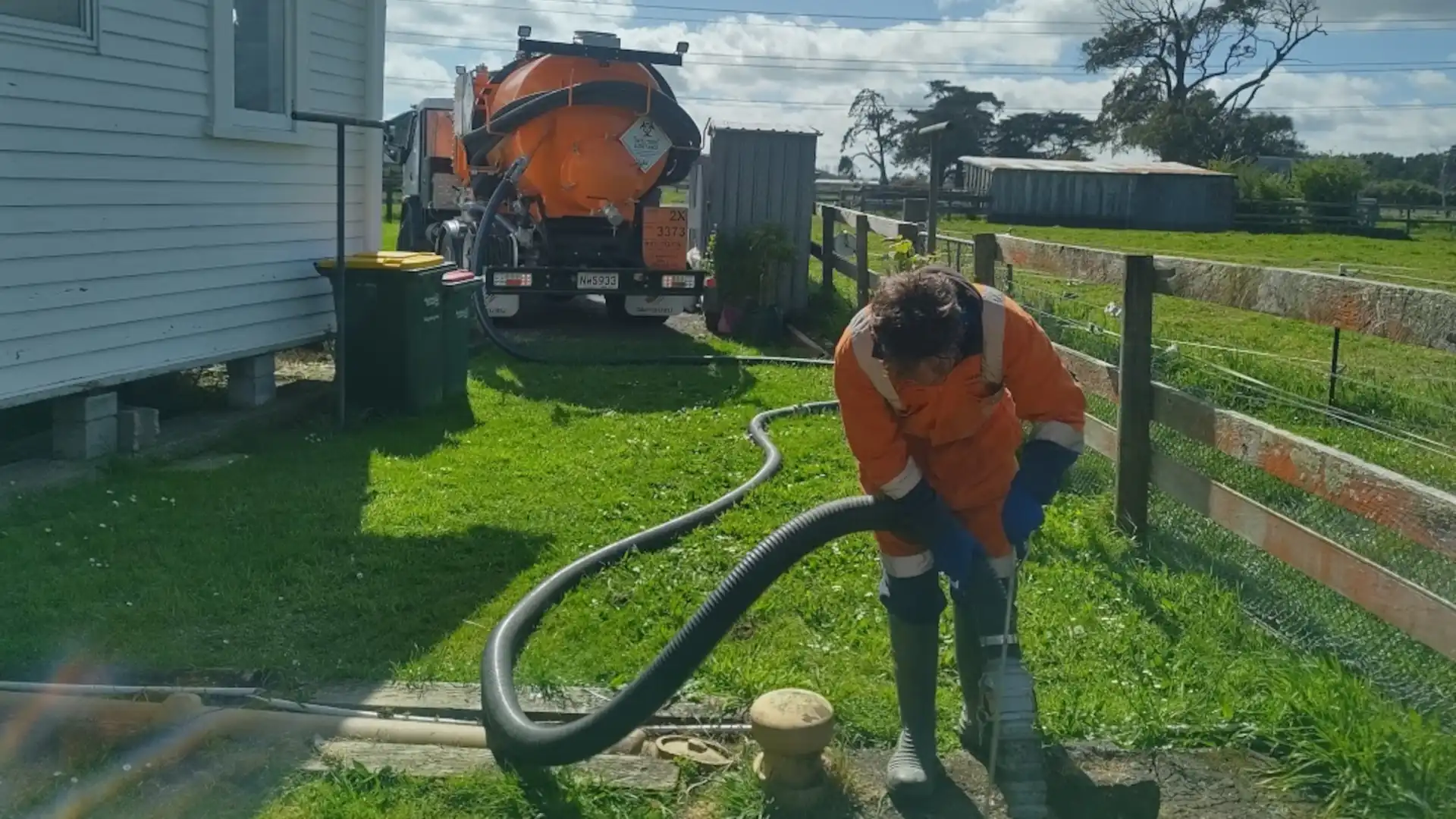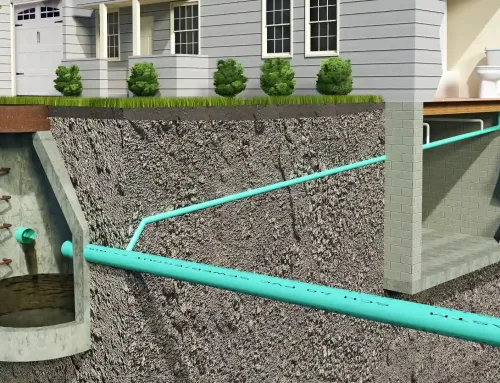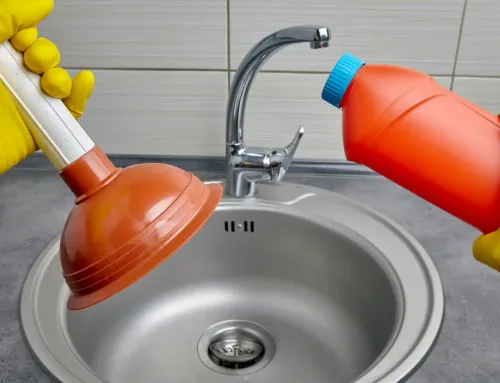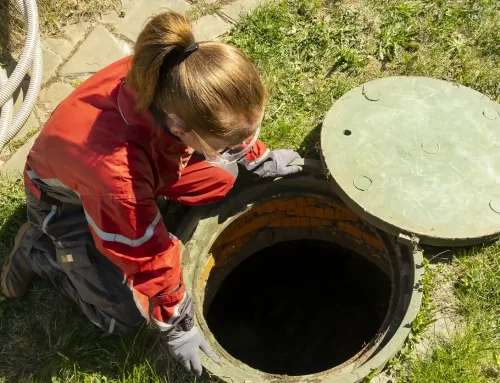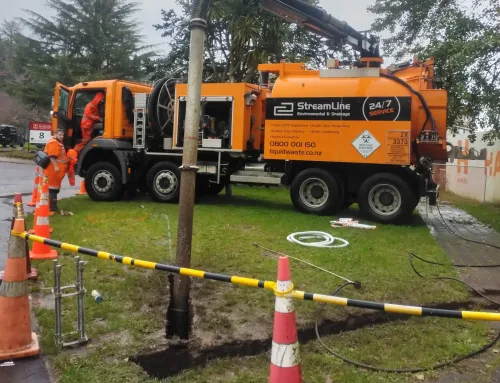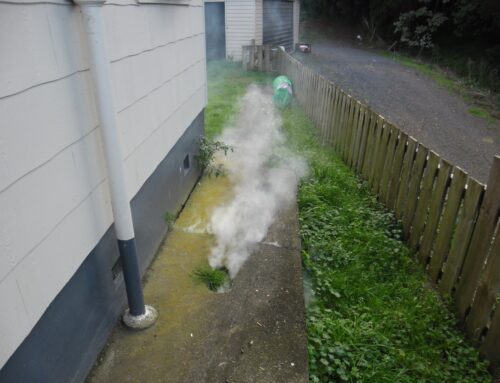Understanding the Health Risks of Hazardous Liquid Waste Disposal
In New Zealand, natural beauty flourishes, and environmental conservation is a way of life, but it’s easy to overlook the hidden dangers lurking beneath the surface. Hazardous liquid waste, a formidable but often unseen threat, poses significant health risks to communities and the environment.
As experts in septic tank drainage and other forms of liquid waste, we know it’s important to understand the risks associated with hazardous liquid waste disposal. Below, we embark on a journey to unravel the intricacies of this issue, exploring what constitutes hazardous liquid waste, its health implications, and its presence in New Zealand. By gaining a deeper understanding of this critical matter, we empower ourselves to take action, fostering a safer, healthier future for our communities and natural surroundings.
What is Hazardous Liquid Waste?
Hazardous liquid waste encompasses a wide range of substances that possess the potential to harm human health and the environment due to their toxic, corrosive, flammable, or reactive properties.
These substances can take many forms, including industrial chemicals, solvents, heavy metals, and even certain pharmaceuticals. They come from various sources, such as manufacturing processes, agricultural activities, healthcare facilities, and households. While some hazardous liquid waste is generated intentionally for industrial purposes, others are produced inadvertently as byproducts of different processes.
Industries that Generate Hazardous Waste
Before we dive into the health risks and proper management, let’s look at some examples of industries that deal with hazardous liquid waste in New Zealand.
- Chemical Manufacturing: Companies involved in the production of chemicals often generate hazardous liquid waste due to manufacturing processes and the use of various chemical compounds.
- Mining and Mineral Processing: The mining industry can produce hazardous liquid waste, such as acid mine drainage, which contains harmful substances like heavy metals and acids.
- Metal Plating and Finishing: Facilities engaged in metal plating and finishing processes may generate liquid waste containing heavy metals and toxic chemicals.
- Pharmaceutical and Biotechnology: These industries produce hazardous liquid waste, including expired or unused chemicals and pharmaceutical compounds.
- Healthcare: Healthcare facilities generate hazardous liquid waste, including biohazardous materials, contaminated liquids, and expired medications.
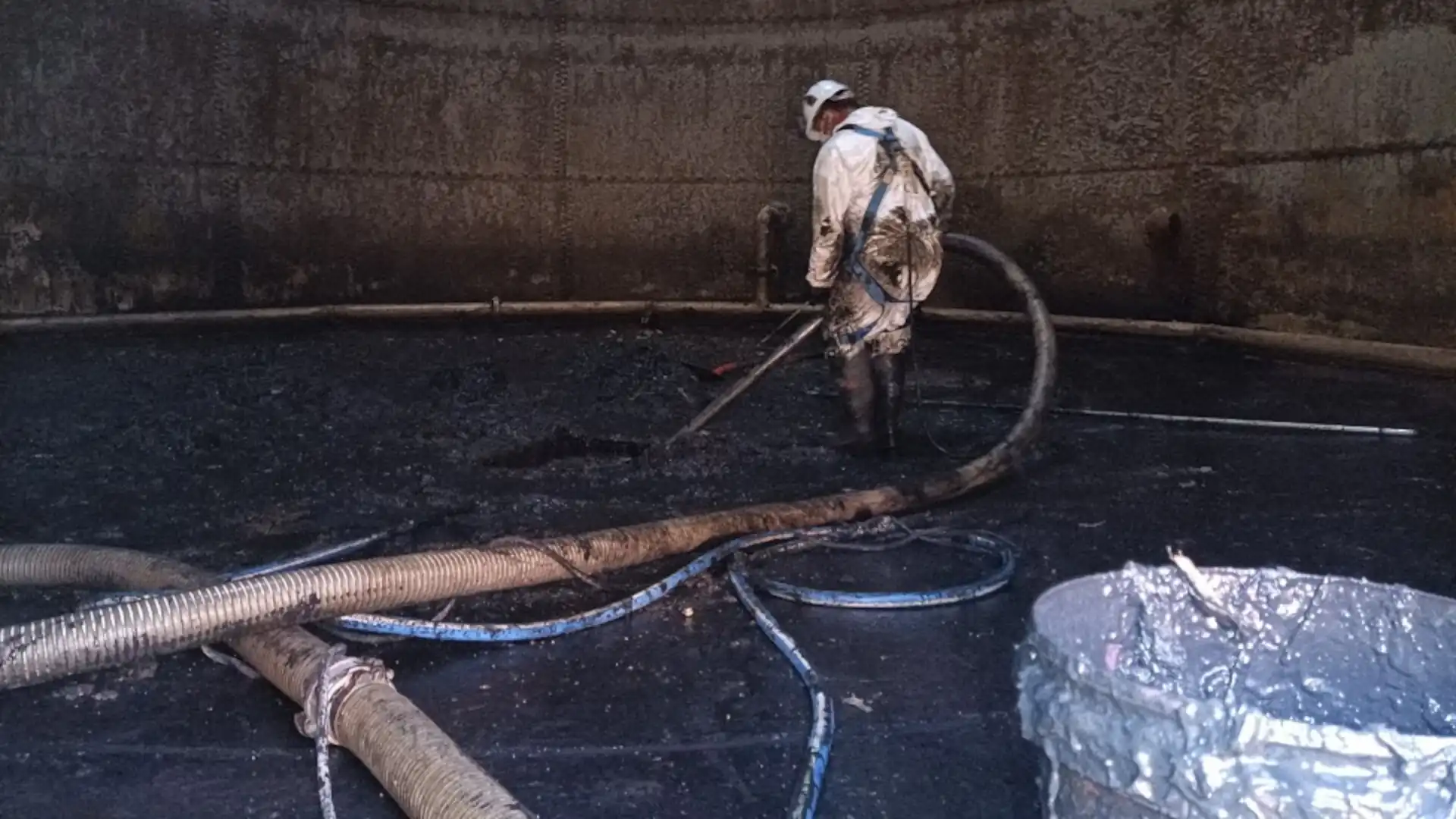
Health Risks of Hazardous Liquid Waste
Direct health risks to humans
Hazardous liquid waste poses direct health risks to individuals who come into contact with it through accidental exposure or improper handling. These risks can manifest through different exposure pathways, including inhalation of toxic fumes, ingesting contaminated water or food, and dermal contact.
Short-term health effects from such exposure may include immediate symptoms like skin irritation, nausea, headaches, and respiratory distress. However, the more insidious danger lies in the long-term health effects. Chronic exposure to hazardous liquid waste can lead to severe health conditions, including cancer, organ damage, neurological disorders, and reproductive issues. Understanding the routes of exposure and these potential health consequences is crucial for safeguarding the wellbeing of communities and individuals.
Impact on local ecosystems and wildlife
The adverse effects of hazardous liquid waste extend beyond human health and threaten local ecosystems and wildlife, including bioaccumulation and biomagnification.
Bioaccumulation refers to the accumulation of hazardous substances in the tissues of organisms over time. When pollutants from hazardous liquid waste enter the environment, plants and aquatic life absorb them. As predators consume these contaminated organisms, the toxic substances become concentrated in higher trophic levels, leading to biomagnification. This process can significantly harm wildlife populations, leading to reproductive issues, deformities, and reduced biodiversity.
Additionally, hazardous liquid waste can cause ecological disruptions, including the contamination of water sources, disruption of food chains, and alteration of natural habitats. These effects ripple through ecosystems, affecting the local flora, fauna, and the delicate balance of the environment.
Managing Hazardous Liquid Waste in New Zealand
Proper disposal and treatment methods
In New Zealand, the responsible management of hazardous liquid waste is a top priority.
Recycling and reusing hazardous materials whenever possible are encouraged to minimise waste generation. Secure landfill disposal facilities safely contain and isolate hazardous liquid waste from the environment. These facilities adhere to stringent regulations and use engineered barriers to prevent leakage and contamination. Lastly, chemical treatment processes are employed to neutralise or detoxify hazardous substances, rendering them less harmful before disposal or discharge.
These methods collectively aim to reduce the risks of hazardous liquid waste disposal.
Importance of responsible waste disposal
Irresponsible disposal practices can contaminate soil and groundwater, posing long-lasting threats to ecosystems and communities. Therefore, individuals, businesses, and industries must prioritise responsible waste disposal as a moral and ethical obligation. By adhering to best practices and regulations, we can minimise the potential harm caused by this waste type.
Public awareness and education
Safely managing hazardous liquid waste also hinges on public awareness and education. Communities need to be informed about the risks associated with improper disposal and the steps they can take to reduce those risks.
Public education campaigns, workshops, and accessible information resources are vital in disseminating knowledge about hazardous liquid waste and empowering individuals and businesses to make responsible choices. Ongoing efforts to raise awareness and educate the public contribute to a more informed and environmentally conscious country.
Future challenges
Addressing emerging issues in hazardous liquid waste management requires innovative solutions. Advancements in technology, including waste tracking systems and treatment methods, can enhance safety and efficiency. Additionally, advocating for stricter regulations and vigilant enforcement is essential to ensure responsible hazardous liquid waste disposal, safeguarding public health and the environment.
Call the Liquid Waste Experts
Streamline Environmental is passionate about keeping our country’s communities and pristine landscapes healthy through efficient liquid waste management. We offer a range of specialised services, including hydro excavation, drain camera inspections, drain unblocking, and liquid waste disposal. Streamline your liquid waste management with Streamline Environmental; contact us today!
